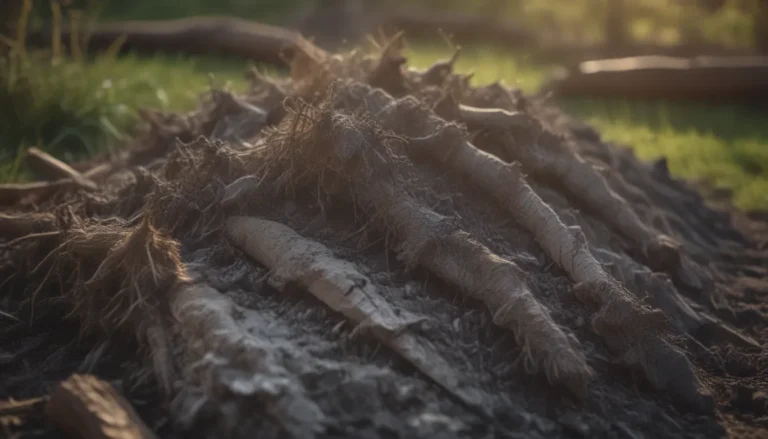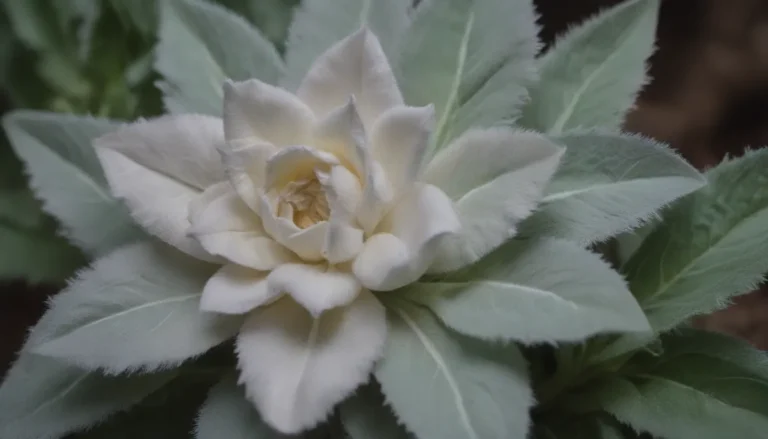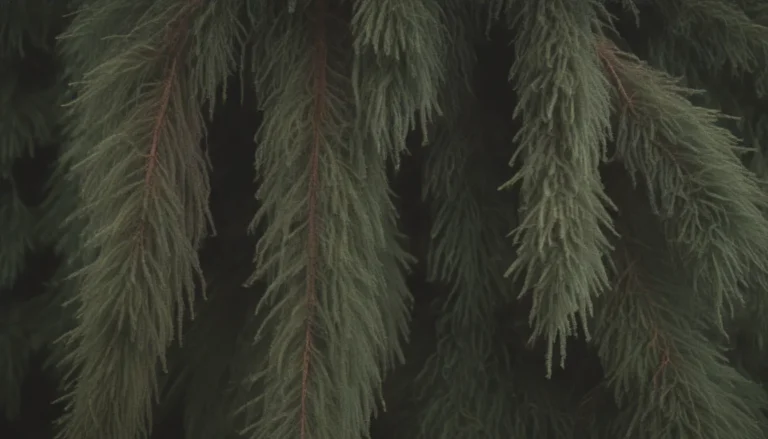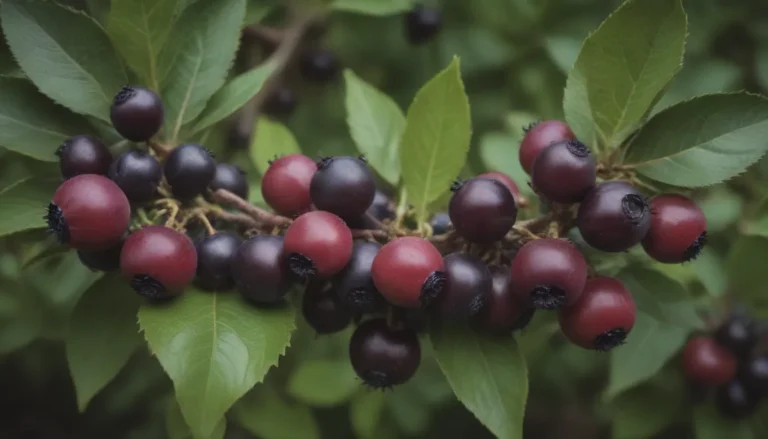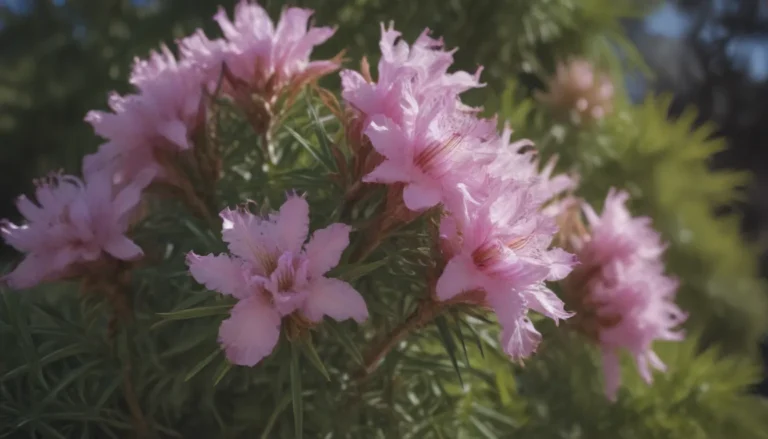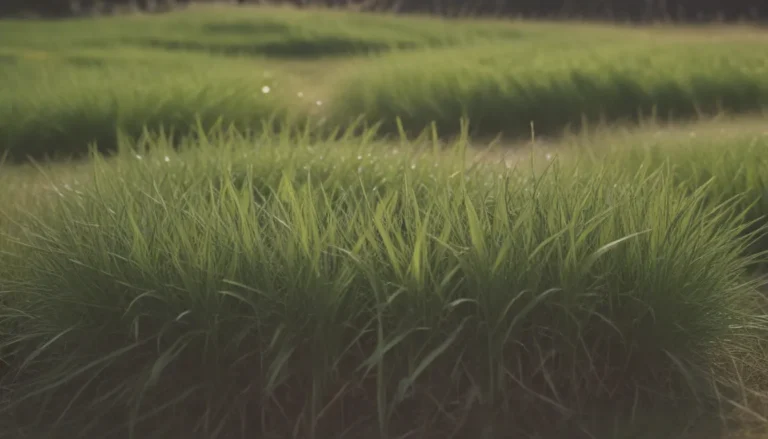The Ultimate Guide to Growing Blue Poppy Plants
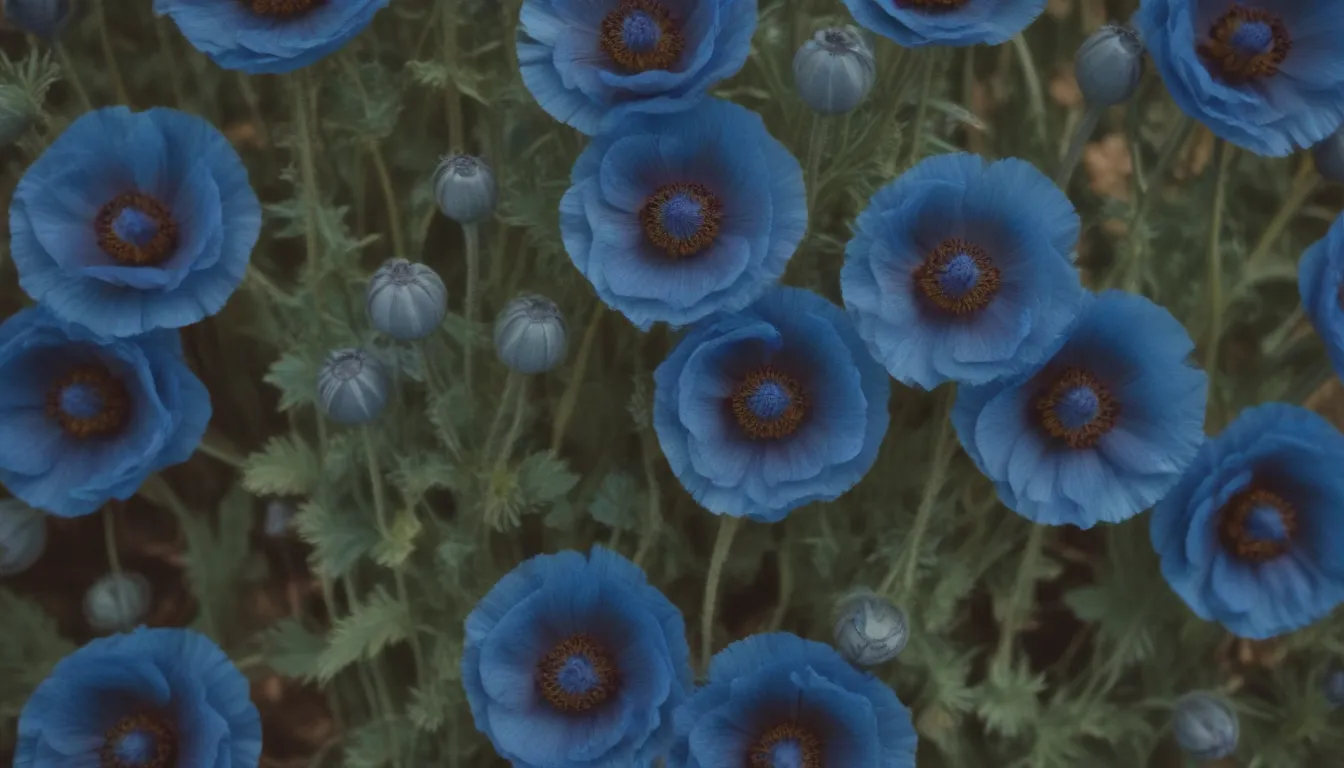
Blue poppies, specifically the Meconopsis baileyi (or Meconopsis betonicifolia) variety, are a stunning addition to any garden. These delicate, blue, bowl-shaped flowers with yellow centers are a true spectacle to behold. However, growing blue poppy plants can be a bit challenging due to their specific requirements and conditions they need to thrive. In this comprehensive guide, we will delve into everything you need to know to successfully grow and care for these beautiful Himalayan blue poppies in your garden.
About Blue Poppy Plants
Blue poppies belong to the Meconopsis genus and are native to the Himalayan region. There are two main species – Meconopsis grandis and Meconopsis baileyi, with the latter being the most widely cultivated and popular among gardeners. Meconopsis baileyi has even won the esteemed Award of Garden Merit from the Royal Horticultural Society.
The clump-forming perennial produces strikingly unusual blue flowers with yellow centers that bloom in late spring and early summer. These flowers are known for their unique color and are a great addition to shady borders or cottage gardens. Blue poppies are often planted under tree canopies as they thrive in moist, filtered light environments.
Despite their beauty, blue poppies can be a challenge to grow as they are short-lived and require very specific conditions to thrive. They are also relatively rare in the horticultural trade, so you may need to seek out a specialist if you want to plant this species in your garden.
Blue Poppy Care
Blue poppies can be low-maintenance if provided with the right environment. Here are some key factors to consider when caring for your blue poppy plants:
Light
Blue poppies prefer a partial shade position with bright but indirect light. They thrive in dappled light and cannot survive if exposed to intense sunlight. In regions with mild summer temperatures, they may tolerate more sun, but direct morning sun is ideal.
Soil
Blue poppies have specific soil requirements and need a moist, well-drained, loamy soil rich in organic matter. They are sensitive to pH levels and prefer a neutral to slightly acidic soil. Enrich the soil with leaf matter to improve drainage and moisture retention.
Water
Keep blue poppies consistently moist during their growth period in late spring and summer. Avoid overwatering in winter when they prefer to be kept dry.
Temperature and Humidity
Blue poppies thrive in temperate regions with cool summers. They do not do well in hot, humid climates, so choose a location that provides the right conditions for these plants to thrive.
Fertilizer
If your soil is not enriched with organic matter, consider applying a weak dose of slow-release granular fertilizer during the spring and summer growth period.
Pruning
During the first year of growth, remove any buds appearing on stems before they flower to encourage root development and foliage growth. Cut down the plant to the ground in late fall to promote longevity.
Propagating Blue Poppy Plants
Divide overcrowded clumps to extend the life of blue poppies. While propagation from seeds is challenging, it is often the best way to grow new plants. Fresh seeds should be sown thinly on the surface of nutrient-rich soil and kept moist but not waterlogged. Avoid transplanting seedlings to prevent shock.
How to Grow Blue Poppies From Seed
Growing blue poppies from seeds is not easy due to their specific requirements. Here are some tips for successful seed germination:
- Fresh seeds are recommended for better germination rates.
- Sow seeds thinly on the surface of nutrient-rich soil or starting mix.
- Keep the soil evenly moist but not waterlogged.
- Use peat pots to prevent transplant shock.
- Provide adequate light for germination with temperatures around 55 to 60°F.
Common Pests & Diseases
Like any plant, blue poppies are susceptible to pests and diseases. Keep an eye out for slugs, snails, and downy mildew on their foliage and take necessary measures to protect your plants.
In conclusion, growing blue poppies can be a rewarding experience if you provide them with the right conditions and care. While they may be challenging to grow, the beauty and uniqueness of these Himalayan blue poppies make them a valuable addition to any garden. With proper attention to their specific requirements, you can enjoy the stunning blooms of blue poppies in your own backyard.
